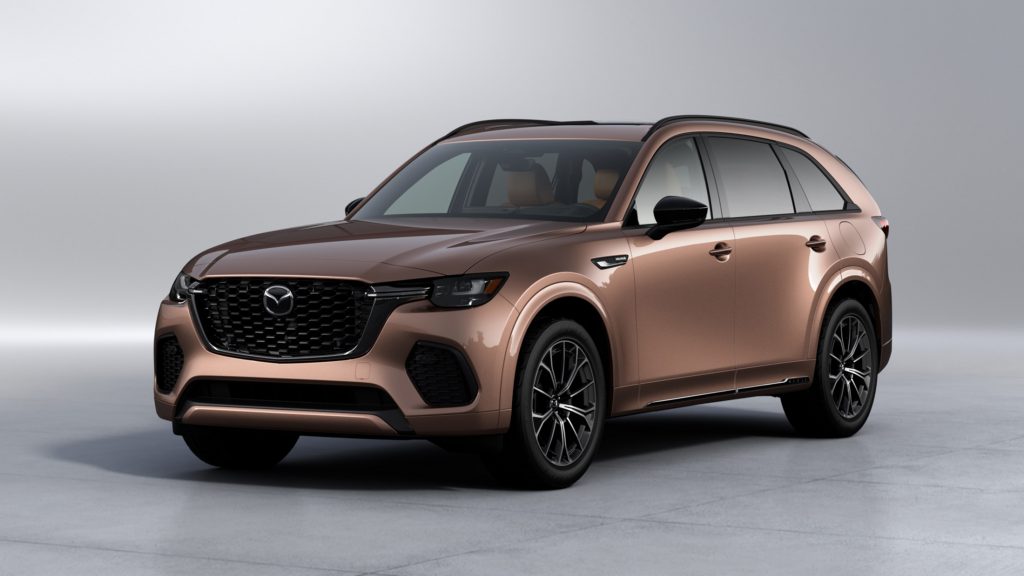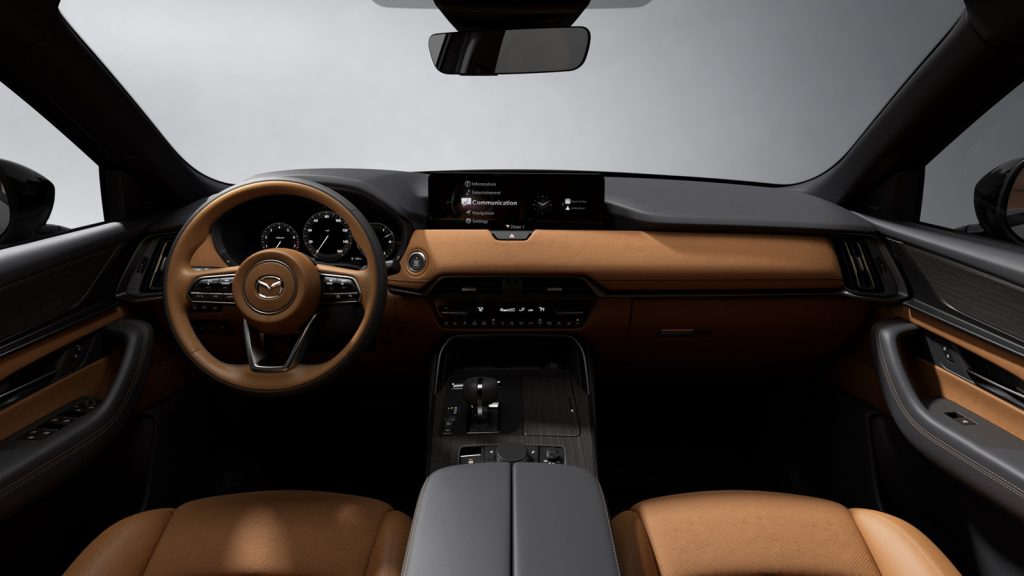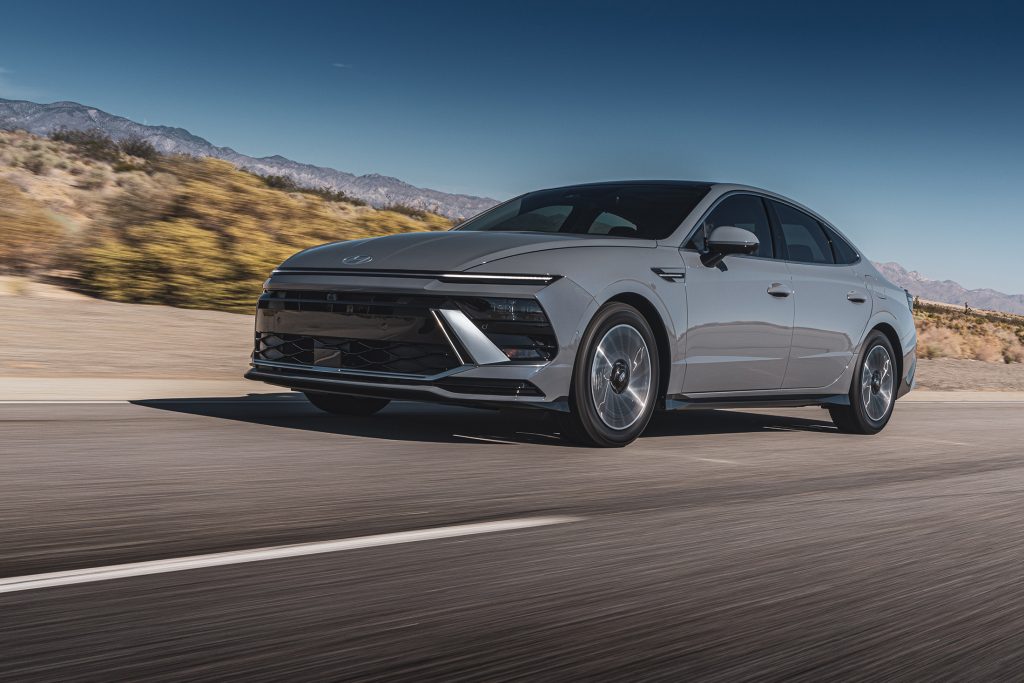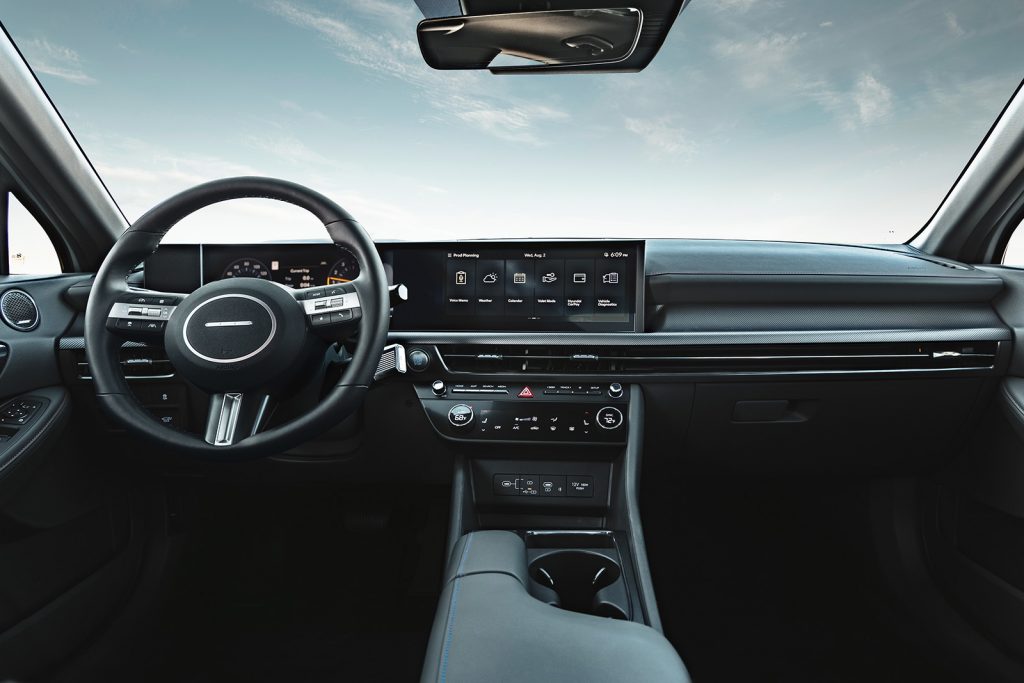Cargazing
By Derek Price
The 2025 Honda Pilot arrives with subtle refinements, building upon the strengths that have made it a go-to choice for families seeking a reliable, spacious and capable three-row SUV.
After a week driving the Pilot TrailSport AWD, it’s clear that Honda’s largest offering continues to prioritize practicality and versatility over flash.
Visually, the 2025 Pilot maintains its understated presence. While some may find the styling bland, others will appreciate its inoffensive, timeless design. The TrailSport trim adds a touch of ruggedness with its unique grille treatment, all-terrain tires and raised ride height, but it’s far from ostentatious.
Under the hood, the familiar 3.5-liter V6 engine produces a respectable 285 horsepower and 262 lb-ft of torque. While adequate for most daily driving scenarios, those seeking more robust towing capabilities or quicker acceleration might wish for a more potent powerplant option.
The 10-speed automatic transmission shifts smoothly and helps the Pilot achieve a decent 18 mpg city and 23 mpg highway in AWD form.
Where the Pilot truly shines is in its driving dynamics. Despite its considerable size, this Honda feels surprisingly agile on the road. The steering is precise, and body roll is well-controlled in corners.
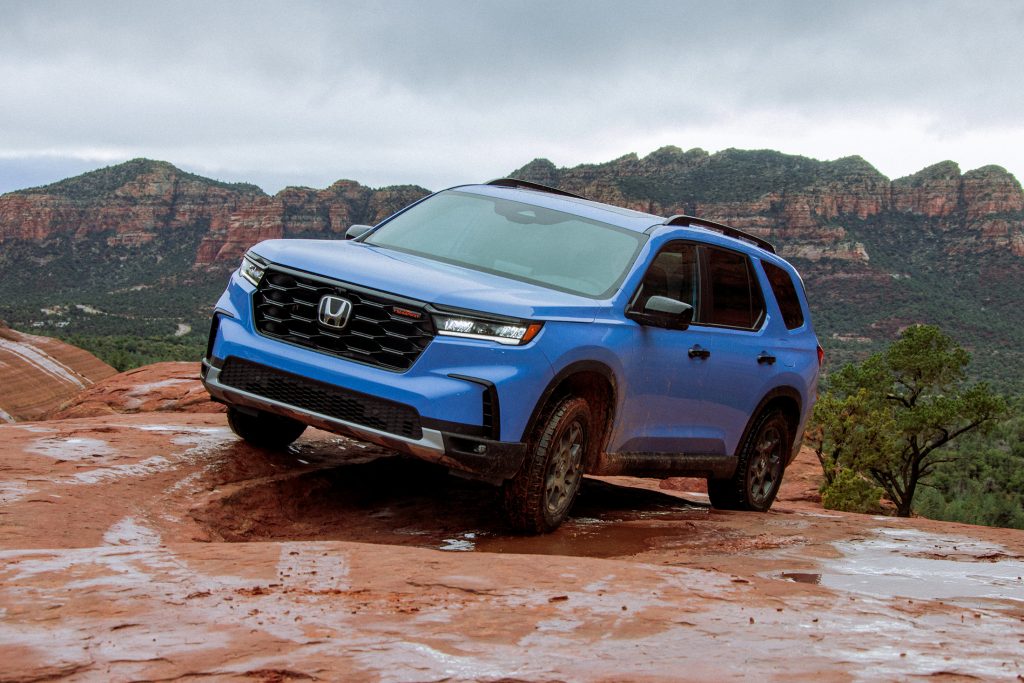
While not a styling trendsetter, the 2025 Honda Pilot’s clean lines and subtle TrailSport enhancements create a timeless, capable look.
A tight turning radius makes maneuvering in parking lots a breeze – a boon for a vehicle of this size. The TrailSport’s off-road tuned suspension provides a comfortable ride without sacrificing handling prowess.
Inside, the Pilot’s cabin is a masterclass in thoughtful design. Honda’s expertise in space utilization is evident, with clever storage solutions scattered throughout. The front and second-row seats are supportive and comfortable for long trips, while the third row can accommodate adults in a pinch – not always a given in this segment.
Material quality is solid if not luxurious, with soft-touch surfaces in key areas and durable plastics that should stand up to the rigors of family use.
The infotainment system is intuitive, with both touchscreen and physical controls for key functions. Wireless Apple CarPlay and Android Auto are welcome inclusions.
Safety remains a priority, with the Honda Sensing suite of driver aids standard across all trims. These systems work seamlessly to provide peace of mind without being overly intrusive.

The Pilot’s well-designed cabin features abundant storage solutions, comfortable seating, and intuitive controls, making it an ideal family hauler for long trips or daily errands.
At $50,950 as tested, the Pilot TrailSport represents strong value in the three-row SUV segment.
While it may lack the eye-catching style or cutting-edge tech of some rivals, it compensates with a proven track record of reliability and strong resale value – factors that shouldn’t be underestimated for family buyers.
However, the Pilot isn’t without its shortcomings. Fuel economy, while competitive, lags behind some hybrid competitors. The lack of a more powerful engine option may deter some buyers, particularly those who frequently tow or desire more spirited acceleration.
Ultimately, the 2025 Honda Pilot continues to excel as a jack-of-all-trades in the three-row SUV segment. It performs every task asked of it with competence and reliability.
It embodies Honda’s approach to vehicle design – thoughtful, pragmatic and built to last. While it may not turn heads on the street, it’s likely to win over buyers with its well-rounded capabilities and reputation for dependability.
In a segment where flash often takes precedence, the Pilot’s steadfast focus on functionality is refreshing.
At A Glance
What was tested? 2025 Honda Pilot Trailsport AWD ($49,100). Options: Premium paint ($455). Price as tested (including $1,395 destination charge): $50,950
Wheelbase: 113.8 in.
Length: 199.9 in.
Width: 78.5 in.
Height: 71 in.
Engine: 3.5-liter V6 (285 hp, 262 ft.-lbs.)
Transmission: 10-speed automatic
Fuel economy: 18 city, 23 highway
Ratings
Style: 6
Performance: 6
Price: 8
Handling: 8
Ride: 7
Comfort: 8
Quality: 9
Overall: 8
Why buy it?
The 2025 Pilot offers a winning combination of spaciousness, versatility and proven reliability in a package that prioritizes family-friendly functionality over flashy gimmicks.

